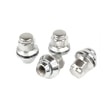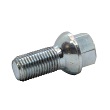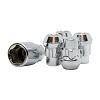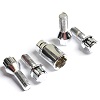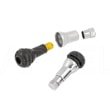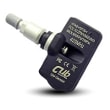How does a TPMS tire pressure sensor work?
A tire pressure monitoring system (TPMS) ensures safe driving by continuously monitoring tire pressure, allowing drivers to quickly respond to any irregularities. This article explains how TPMS works and its impact on safe driving, presenting the differences between direct and indirect systems.
What are tire pressure sensors used for?
Tire pressure sensors, known as TPMS (Tire Pressure Monitoring Systems), play a vital role in maintaining vehicle safety. Beyond the basic function of monitoring tire pressure, these systems offer several additional benefits. By continuously monitoring tire pressure, TPMS helps maintain optimal fuel economy , as properly inflated tires improve the vehicle's fuel efficiency. TPMS systems also contribute to overall tire life by preventing premature tire wear caused by incorrect tire pressure. In emergency situations, such as a sudden loss of pressure caused by a puncture, TPMS can provide the driver with crucial information, enabling a quick response that can prevent more serious accidents.
Principle of operation of the TPMS pressure sensor
TPMS (Tire Pressure Monitoring System) sensors are advanced devices that play a key role in monitoring and maintaining proper tire pressure. Their primary function is to provide continuous monitoring of tire pressure, which directly impacts driving safety, fuel consumption, and tire durability. Here's how these innovative systems work:
- Pressure measurement . TPMS sensors measure the pressure inside each tire using advanced sensors. In direct systems, these sensors are located inside the tires and can accurately measure tire pressure and, in some cases, tire temperature.
- Data transmission . Tire pressure information is transmitted to the vehicle's on-board computer, typically via radio waves. If underinflation is detected, the system immediately notifies the driver via a warning signal on the dashboard.
- Driver Alerts . When the sensor detects that tire pressure is significantly below the recommended level, an alert is triggered with a visual or audible warning. This allows the driver to take appropriate action, such as adding air to the tire, to help avoid potentially dangerous driving situations.
- Calibration and Settings . In some vehicles, TPMS sensors can be calibrated or adjusted by the user, allowing individual warning thresholds to be set based on preference or driving conditions.
- Diagnostics and Maintenance . TPMS systems require regular diagnostics and maintenance to ensure they function properly. This includes checking the sensor status, replacing the battery in direct systems, and updating the software.
Thanks to TPMS technology, drivers can be sure that their tires are always properly inflated, which contributes to increased safety, fuel savings and driving comfort.
Indirect vs. Direct System
The choice between an indirect and direct TPMS system has significant implications in terms of both functionality and maintenance. Indirect systems, while less expensive to install and maintain, rely on wheel speed analysis and may not be as accurate as direct systems. On the other hand, direct systems, which use dedicated sensors in each tire, provide more accurate data but require regular maintenance, including battery replacement . Furthermore, direct systems often require recalibration by a technician when changing wheels or tires, which can further increase vehicle operating costs.
- Indirect systems are typically less expensive to install and maintain because they don't require dedicated tire pressure sensors. However, their accuracy is lower compared to direct systems because they rely on wheel speed analysis.
- Direct systems provide more precise information about the pressure in each tire, which is especially important for vehicles with high safety requirements, such as sports cars and SUV. However, they require regular maintenance and can be more expensive to purchase and install.
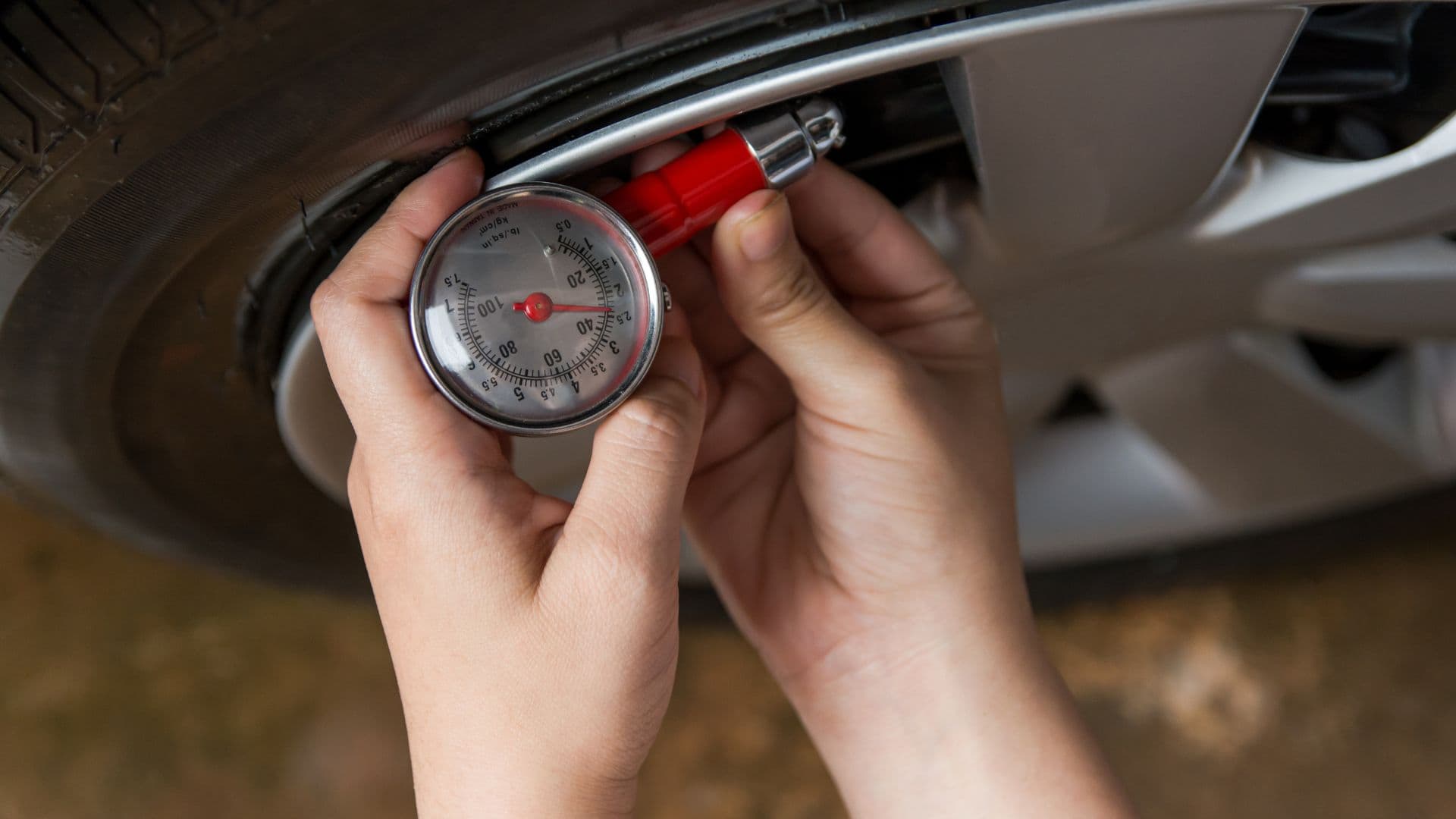
Mandatory tire pressure sensors - current regulations
As of November 1, 2014, in accordance with European Commission Regulation ECE-R 64, all new cars sold in the European Union must be equipped with a tire pressure monitoring system (TPMS). This requirement was introduced to improve road safety by ensuring continuous monitoring of tire pressure. While mandatory TPMS on new cars may incur additional costs, it brings significant benefits in terms of vehicle safety and operating efficiency.
TPMS installation isn't mandatory for older vehicles , but many drivers choose to install it for safety and fuel efficiency reasons. It's also a convenient way to constantly monitor tire pressure without having to manually check it.
In summary, the TPMS system is a crucial component of modern vehicles, significantly contributing to increased driving safety. It provides continuous monitoring of tire health, which is crucial for accident prevention and improving vehicle fuel efficiency.

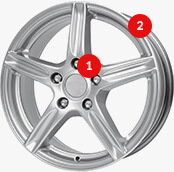

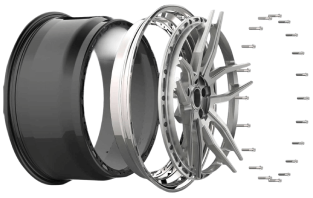
 Modern design
Modern design Perfect fit
Perfect fit High durability
High durability Free shipping within 24 hours
Free shipping within 24 hours
 Individual project
Individual project Dedicated caregiver
Dedicated caregiver
